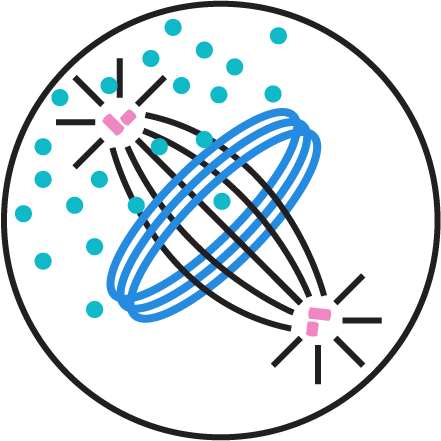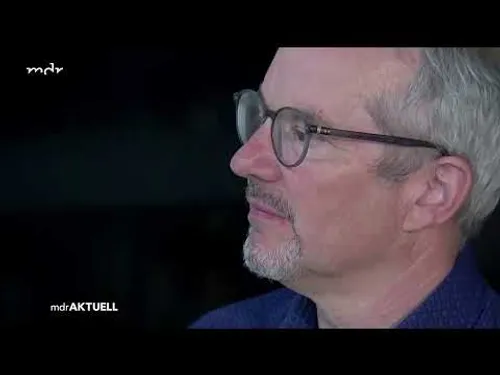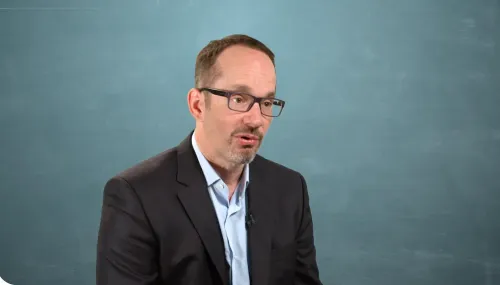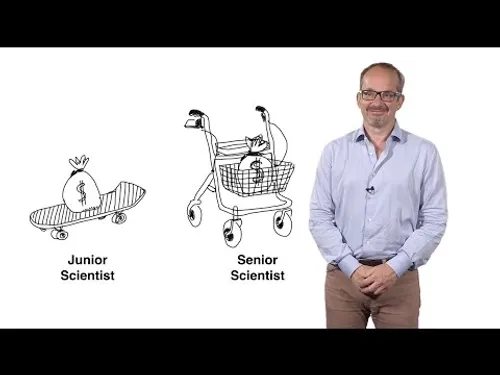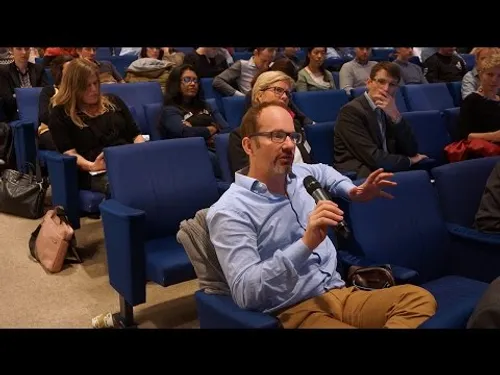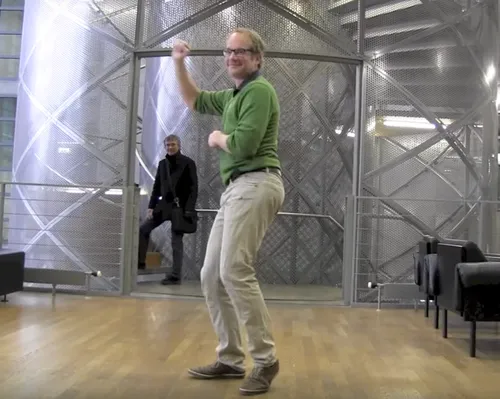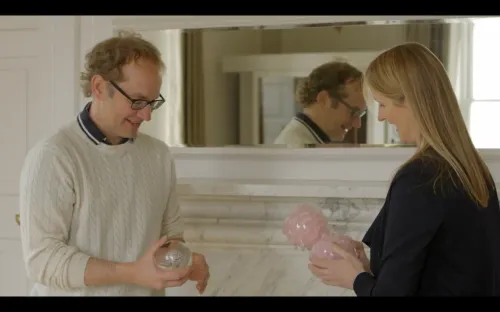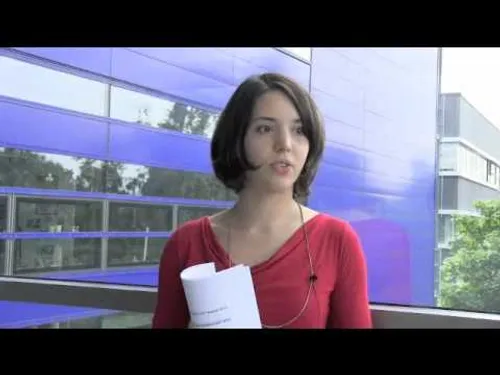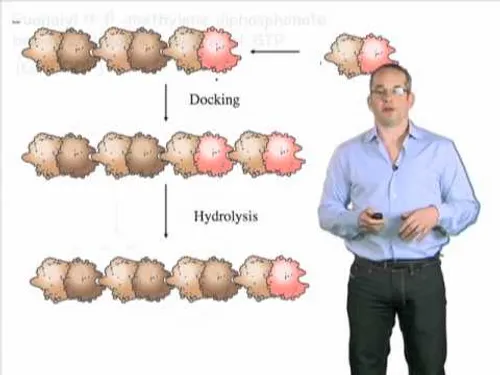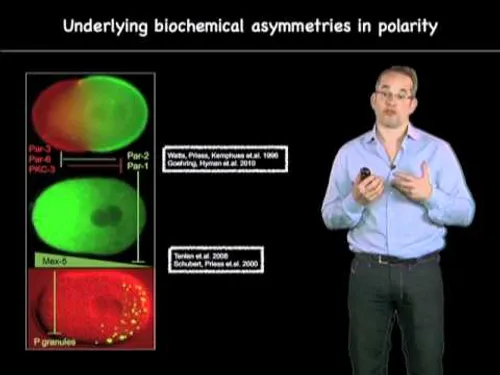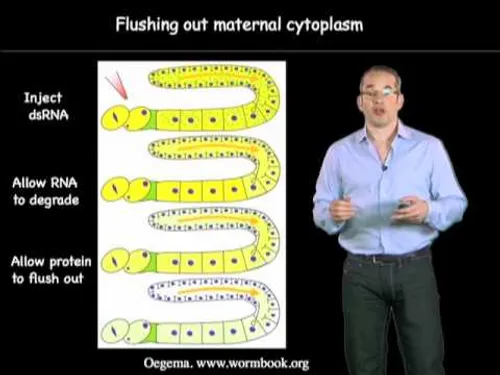Video library
-
Aug 29 2024
Publicly funded science in SaxonyTony speaks to how public funding has played a role in making Saxony a premier research environment and emphasizes the importance of continued support for science as the elections approach.
-
Dec 5 2022
2022 Hope Funds Award for Basic ScienceTony is honored with the 2022 Hope Funds Award for Basic Science. In his award lecture, he reflects on his research into the fundamental principles of cell organization and the impact of basic science on advancing biomedical discoveries.
-
Apr 9 2019
A Journey through C. elegans Cell BiologyPresented at the seminar for the 19th Annual Wiley Prize in Biomedical Sciences: Intracellular Compartmentalization through Phase-Separated Condensates. The Wiley Prize, awarded by the Wiley Foundation, celebrates research that champions novel approaches and challenges accepted thinking in the biomedical sciences.
-
Sep 24 2017
2017 EMBL Keynote Lecture - Career talkIn his 2017 Centrosomes and Spindle Pole Bodies conference career talk, Tony shared his journey from ambitious beginning to pioneering discoveries in cell biology, highlighting the power of mentorship, flexibility, and bold scientific exploration.
-
Jan 1 2017
How do cells from compartments and how is this related to the onset of neurodegenerative diseases?Watch a video of Tony explaining phase transitions and disease on the new website “Latest Thinking,” which is a video collection of researchers explaining their latest breakthroughs. Be sure to also check out the videos of Tony answering other short questions in the “Beyond” section just below the main video.
-
Aug 8 2016
Encouraging innovationTony Hyman presents the case that most innovative research is done by young scientists early in their careers. In the USA, however, NIH funding for scientists under the age of 36 has dropped significantly for the last several decades. Hyman argues that expanding grants that are available only to young scientists and provide 5-10 years of funding would greatly encourage innovation in biomedical research.
-
Oct 5 2015
Publish and PerishTony critiques the current academic system's reliance on impact factors and prestigious journal publications for evaluating scientists, arguing that this stifles innovation. He advocates for funding young researchers based on novel ideas rather than metrics, and suggests reforms like blind peer review and dedicated funding pools to improve the evaluation process.
-
Mar 6 2014
Happy MPI-CBG DresdenHere at the MPI-CBG, we're all pretty happy people … and videos like this give you a glimpse of why we're all so happy to be working at this special place! Keep an eye out for Tony's great dance moves at 1:45 & 2:15!
-
Mar 6 2014
Ways of Growing: Meetings of MindsThis video is one in a four-part series created for the MitoSys project that documents a fascinating art-science collaboration between Tony Hyman and artist Lucy Orta. Together they explore the complex process and varied forms of cellular mitosis to create dazzling glass sculptures that convey the intricacies of cell division in health and disease
-
Aug 16 2012
Interview with Hyman Lab summer student Hélène VignesHélène briefly talks about her summer experience in the Hyman Lab at Max Planck Institute of Molecular Biology & Genetics.
-
Apr 23 2011
iBio Part 2: Building a Polymer: Microtubule dynamicsTony explains the dynamics of microtubules, focusing on their polymerization from tubulin dimers and the role of regulatory proteins like XMAP. He highlights differences in microtubule behavior in vivo versus in vitro, and through genetic screens and advanced microscopy, identifies key proteins such as TACC and Zyg9 that regulate microtubule growth.
-
Apr 23 2011
iBio Part 3: Formation and duplication of centrioloesTony's lecture delves into the formation and duplication of centrioles, emphasizing their complex protein structure and critical role in mitotic spindle bipolarity. Using advanced techniques like electron tomography and RNAi screens, his team identified key proteins involved in centriole assembly, revealing a virus-like step-by-step construction process essential for cell division.
-
Apr 23 2011
iBio Part 4: Formation of P GranulesTony explores the formation of P granules in C. elegans, emphasizing their liquid-like properties and dynamic behavior within cells. Using time-lapse microscopy and advanced particle tracking, his team discovered that P granules segregate to the posterior of the embryo through a gradient of assembly and disassembly, influenced by proteins like MEX-5. This research highlights the importance of physical chemistry principles in understanding complex biological processes.
-
Apr 11 2011
iBio Part 1: How does complexity arise from molecular interactions?A eukaryotic cell is often 5-6 orders of magnitude larger than the molecules that make it up. How is it that these molecules interact to organize the complex structures that constitute a cell? Tony Hyman discusses how studying cell division in C. elegans embryos, aided by RNAi, sheds light on the organization of cellular structures and processes.
